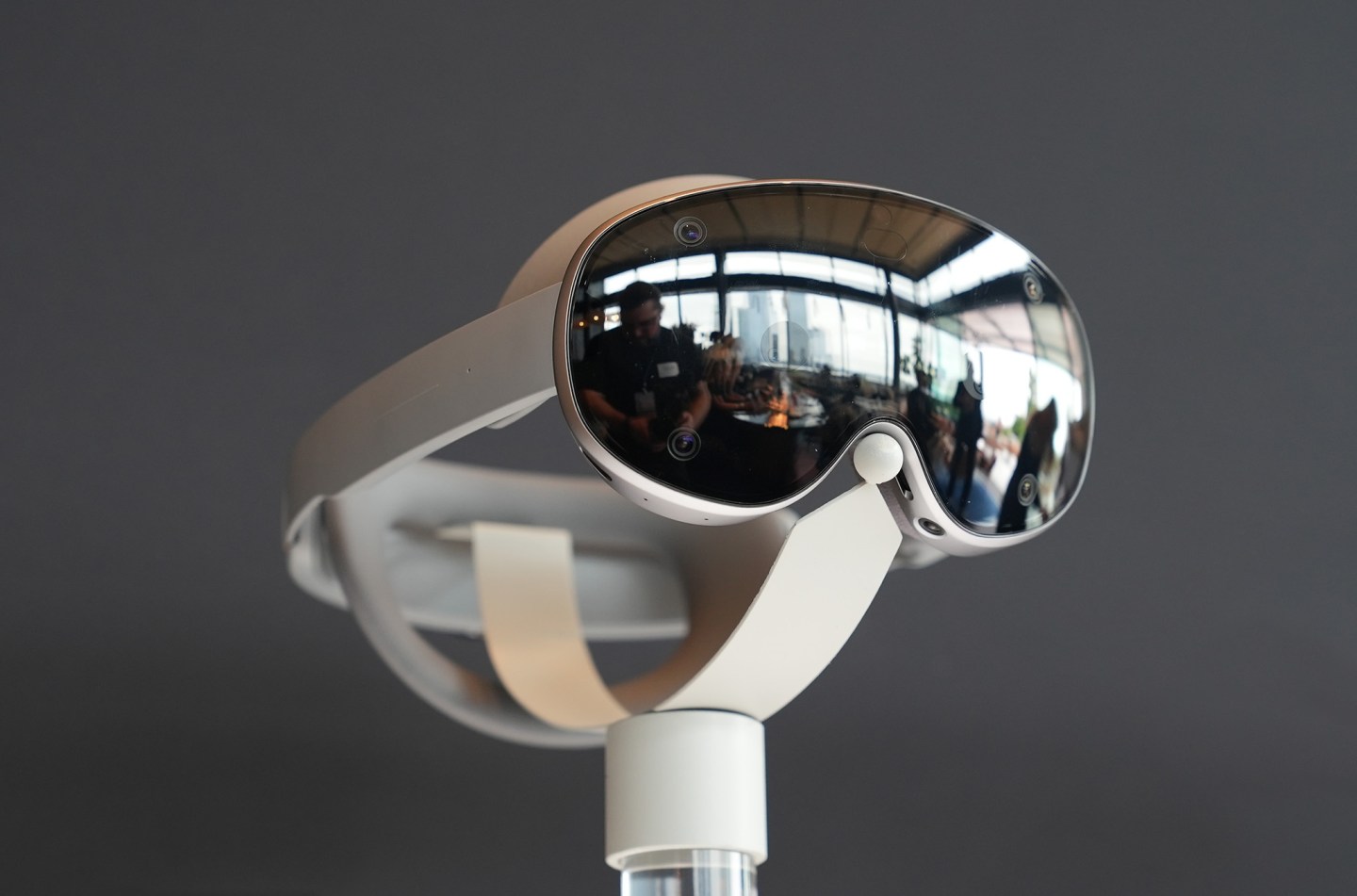An international team of scientists led by Institute of Astrophysics of the Canary Islands discovered exoplanet smaller than Earth orbits the second closest star system to ours discovered so far. The closest one is formed by a single star.
The closest star system to Earth discovered to date is Alpha Centauri. However this consists of three stars. Next closest Barnardwhich has only one star – a red dwarf of the same name, which gave rise to the star system. So far, only one exoplanet has been discovered in Barnard’s orbit. However, scientists continued to insist until they found something else.
The persistence stems from the fact that when searching for exoplanets, it is better to focus on those that are closest to us. This will make them easier to explore or even colonize if that day comes in the distant future. Unfortunately, this exoplanet, Barnard b, is not in living area your system. But he has other qualities that make him special.
Exoplanet just 6 light years away
The Barnard star system is very close to ours. This exoplanet orbiting it is only 6 light years away, very close to its star. Actually it’s 20 times closer to its star than Mercury is to the Sun.. If Mercury is already completely unsuitable for life, then things are even worse with this planet. It is true that its star is cooler, but even so it is calculated that its surface should be about 125°С. For a planet to be considered habitable, it must be at a distance from its star that allows water to exist in a liquid state. At 125 ºC this is not possible.
This new exoplanet is not in a habitable location. So what makes it so special? First of all attracts attention with its mass. Not only is it very small, but it is also very light. Its mass is about half that of Venus, making it much lighter than Earth. Venus is already less heavy than our planet. This makes it one of the lightest known exoplanets and one of the few that weigh less than Earth.
It would be almost impossible to find rocky planet such a small orbit around the Sun. However, around a red dwarf like Barnard, things are a little simpler.
Lots of tools for a great find
The discovery of this exoplanet became possible, first of all, thanks to the device ESPRESSOwhich is located on the European Southern Observatory’s Very Large Telescope (VLT), located in Chile.
This instrument specializes in detecting exoplanets as it analyzes hesitate that they arise when they gravitationally attract their star. This is an almost imperceptible tremor because it is caused by an object much smaller than the star. However, its detection is an indication that there is a high probability of the presence of an exoplanet nearby.

ESPRESSO’s data contrasted with data from other instruments that specialize in detecting exoplanets. These were HARPalso from the European Southern Observatory, HARPS-N the Roque de los Muchachos Observatory in the Canary Islands and CARMENS from the Calar Alto Observatory in Almeria. They all agreed on the same thing.
In addition, thanks to these instruments, three more exoplanet candidates were found. However, ESPRESSO still needs to confirm the data. Perhaps we will have a system soon 5 planets dating revolves around Barnard. So far, only two can be named with certainty.
Source: Hiper Textual













